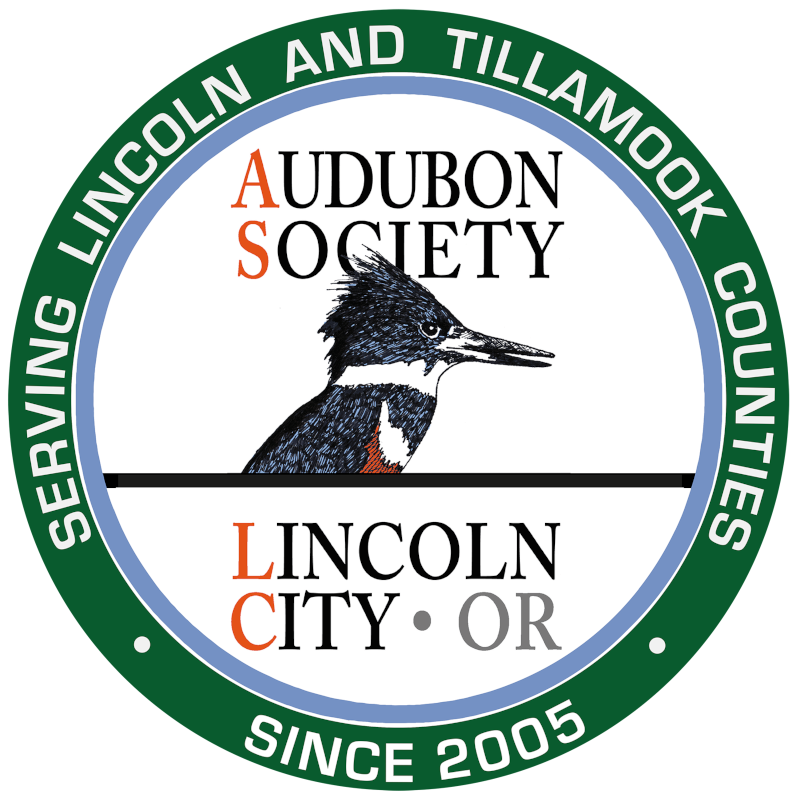Home of the Osprey
As far as we know, Lincoln City has more Osprey nests per capita than anywhere else in Oregon!
As fish-eaters, Ospreys prefer to nest in areas with plenty of accessible fishing grounds. Nestled between the Salmon and Siletz Rivers, Devils Lake, and the Pacific Ocean, Lincoln City provides prime habitat and hunting grounds for these magnificent birds. Like clockwork, they arrive every year in spring to build nests and raise young. While they are noticed by locals and visitors alike, many people have a limited understanding and appreciation of the bird’s migration, nesting and feeding behavior, or the importance of its coastal habitat.
All About Osprey
Ospreys migrate south for the winter, returning north to breed in spring. While you may start to see Ospreys in late February, the large influx of migrants usually occurs in late March. Established breeding pairs almost always return to the same nest every year. Coastal storms tend to damage the nests significantly while Ospreys are away for the winter, so when the birds arrive, they promptly get to work repairing and reinforcing their massive nests.
With a wingspan of up to six feet, Ospreys need a clear space to land, so they often choose tall tree snags, utility poles, or communication towers for building nests. Many of the nests in Lincoln City are built on dedicated Osprey platforms that have been constructed to avoid conflict with human activity (e.g., interfering with communication services or causing power outages) that may occur from nesting on human-made infrastructure.
Ospreys don’t need much to thrive, just a good place to breed and water with plenty of fish. As the only bird in North America that relies almost entirely on fish for food, Ospreys are extremely well adapted to hunting and catching them. Some of these adaptations include:
A dark malar stripe around the eyes to reduce glare when looking for fish
Dense, oily plumage that provides an advantage when plunging into water
A membrane to close their nostrils and a nictitating membrane to protect their eyes when diving
Bare, featherless legs and sandpaper-like feet to grasp fish in the water
A reversible outer toe that can rotate to improve grip and carry fish back to the nest or nearby perch.
Osprey Awareness Initiative
Audubon Society of Lincoln City developed our Osprey Awareness Initiative with the goal of filling the gaps in what we know about Ospreys in our area and spreading understanding and appreciation for our Oregon State Raptor. With the help of a National Audubon Society grant, we are:
Developing printed and interactive web-based maps of local Osprey nest locations
Recruiting and training volunteers to observe nest sites for initial nesting behavior and eventual rearing of chicks
Holding Osprey-focused bird walks
Featuring the Osprey on Migratory Bird Day, May 13, 2023.
Designed as a first-year pilot program, ASLC intends to repeat this initiative annually to collect ongoing community science data regarding nest occupation and fledgling success. Through these efforts, we hope to raise awareness of our Osprey neighbors and the excitement of birding.
osprey watch 2023
Be a Friend to Ospreys!
Ospreys are incredibly resilient and found on every continent except Antarctica. They thrive in a wide variety of environments and have successfully adapted to cohabitating with humans.
However, Ospreys are not entirely immune to human activity. Like its fellow raptor the Bald Eagle, Osprey populations suffered greatly through the mid-20th century due to widespread use of the pesticide DDT, which caused thinning and breakage of eggshells. In the 1980s, there were hardly any known Osprey nests in Lincoln County. Thanks to the banning of DDT in 1972, Osprey populations recovered and now there are 13 nest sites and counting in Lincoln City alone!
While they have made a dramatic recovery, Ospreys are still affected by human pollution. Chemical pollutants like pesticides, mercury, and flame retardants bioaccumulate in the bird’s tissue and can affect the success and health of offspring. Physical pollutants like baling twine, fishing line, and plastic bags can become entangled in their nests and suffocate chicks. While the challenges facing the Osprey are largely systemic, there are some things you can do to keep their habitats safe:
Reduce your dependence on single-use plastics by using reusable bags, water bottles, and containers.
Be aware of what you can recycle where, and recycle everything you can. Learn about recycling in Lincoln County here and Tillamook County here.
Remember that everything you release into the environment ends up somewhere: just because it’s out of sight doesn’t mean it’s “gone.” Check your car for leaks, never release balloons, and never dump waste outside of designated facilities.
Pick up trash when you see it and put it where it belongs: in the bin!
Advocate for habitat conservation locally. Attend meetings if you’re able, send letters, and make calls to let your local officials know that you support wildlife and their habitats. Remember, your voice matters!
Healthy waterways mean healthy Osprey populations! Together, we can keep Osprey habitat safe and clean to ensure that they continue to thrive.
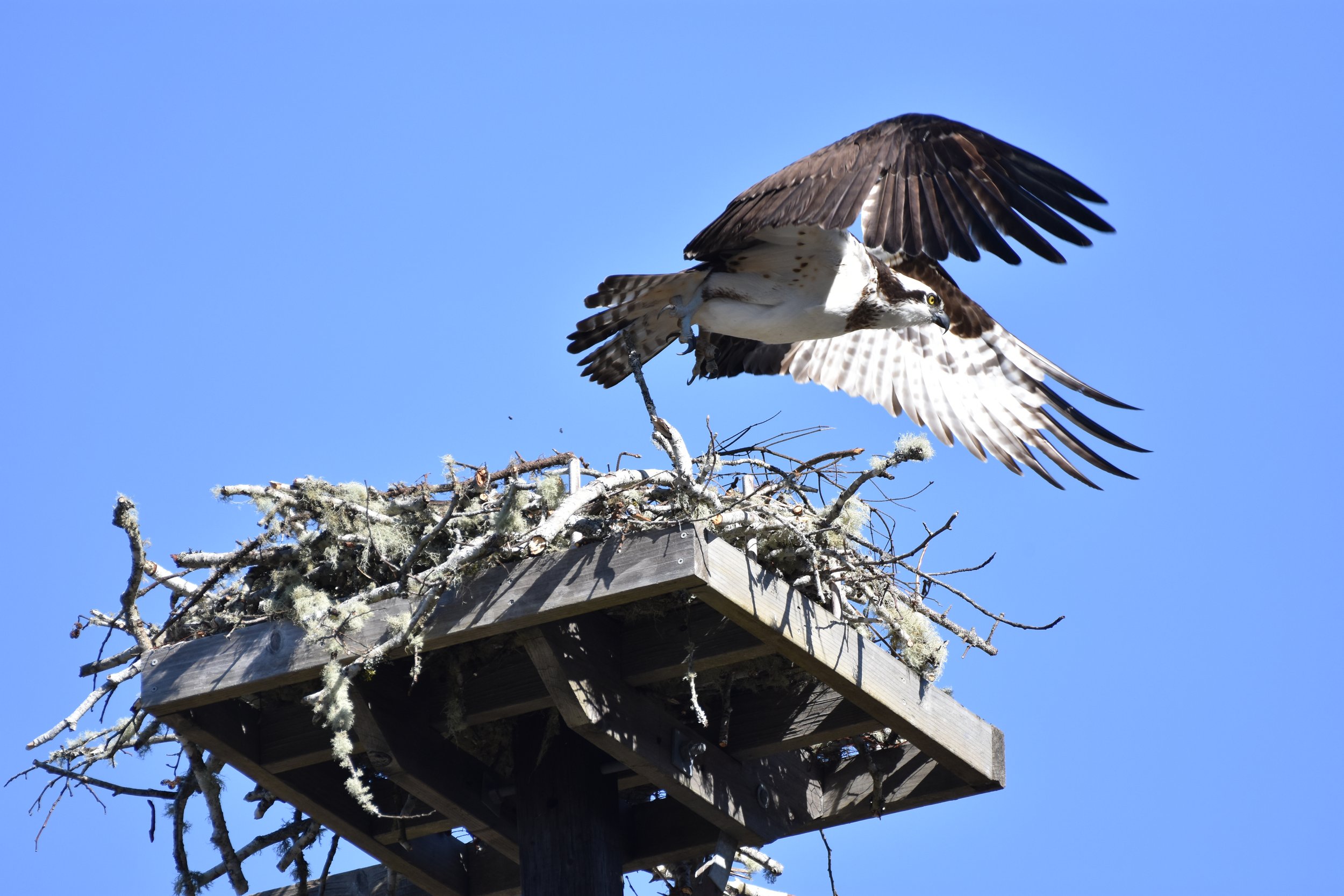
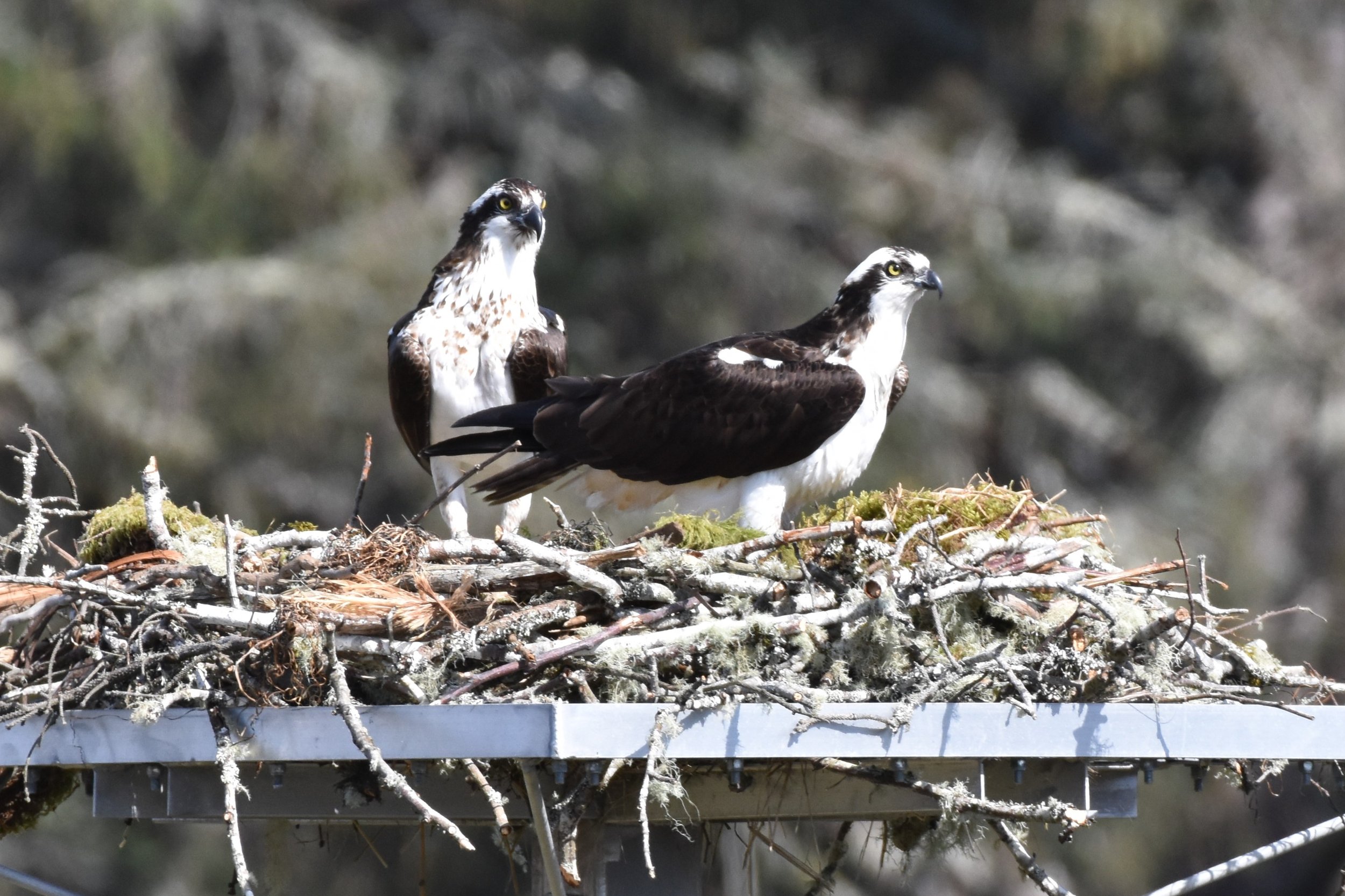
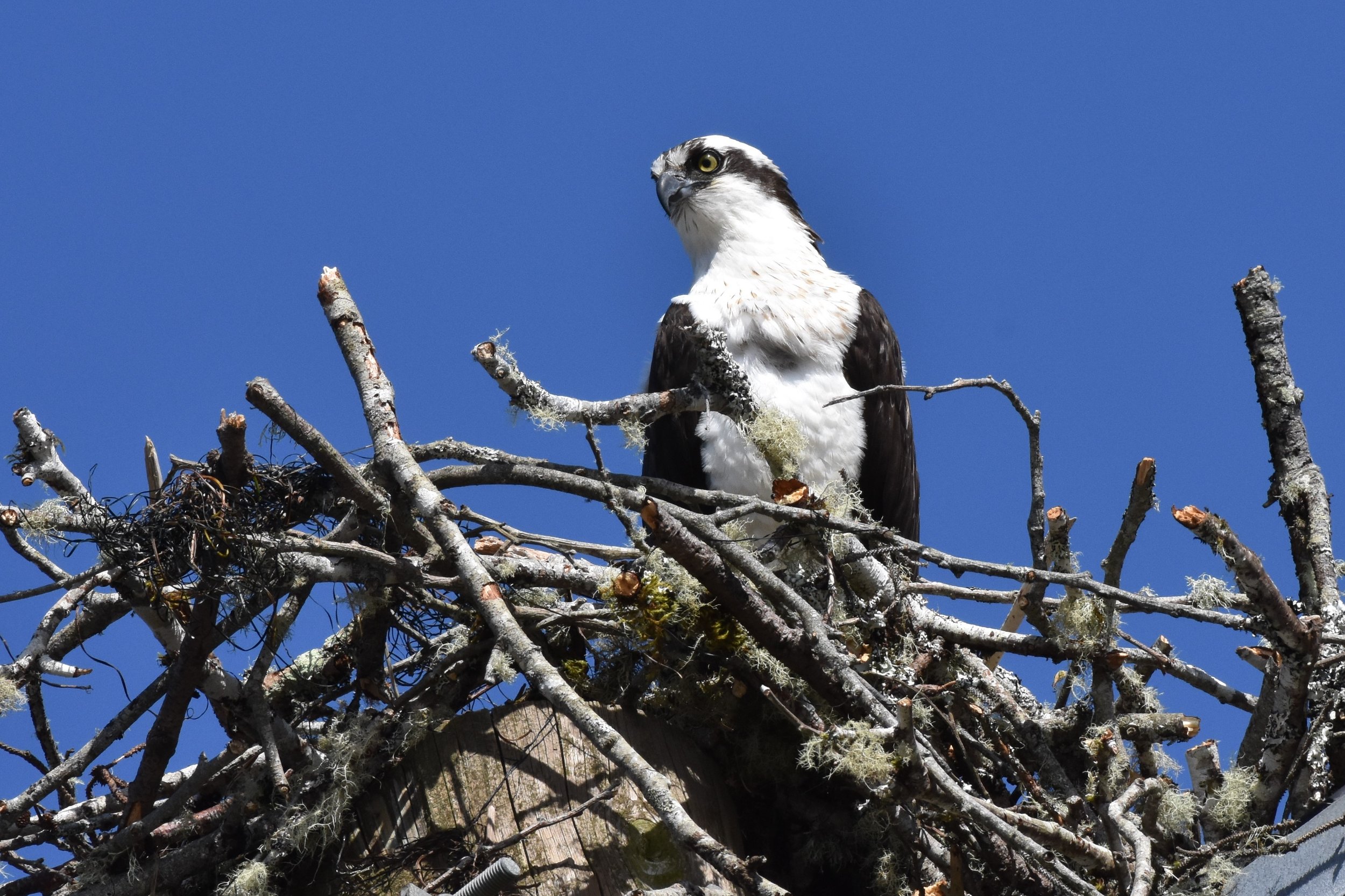
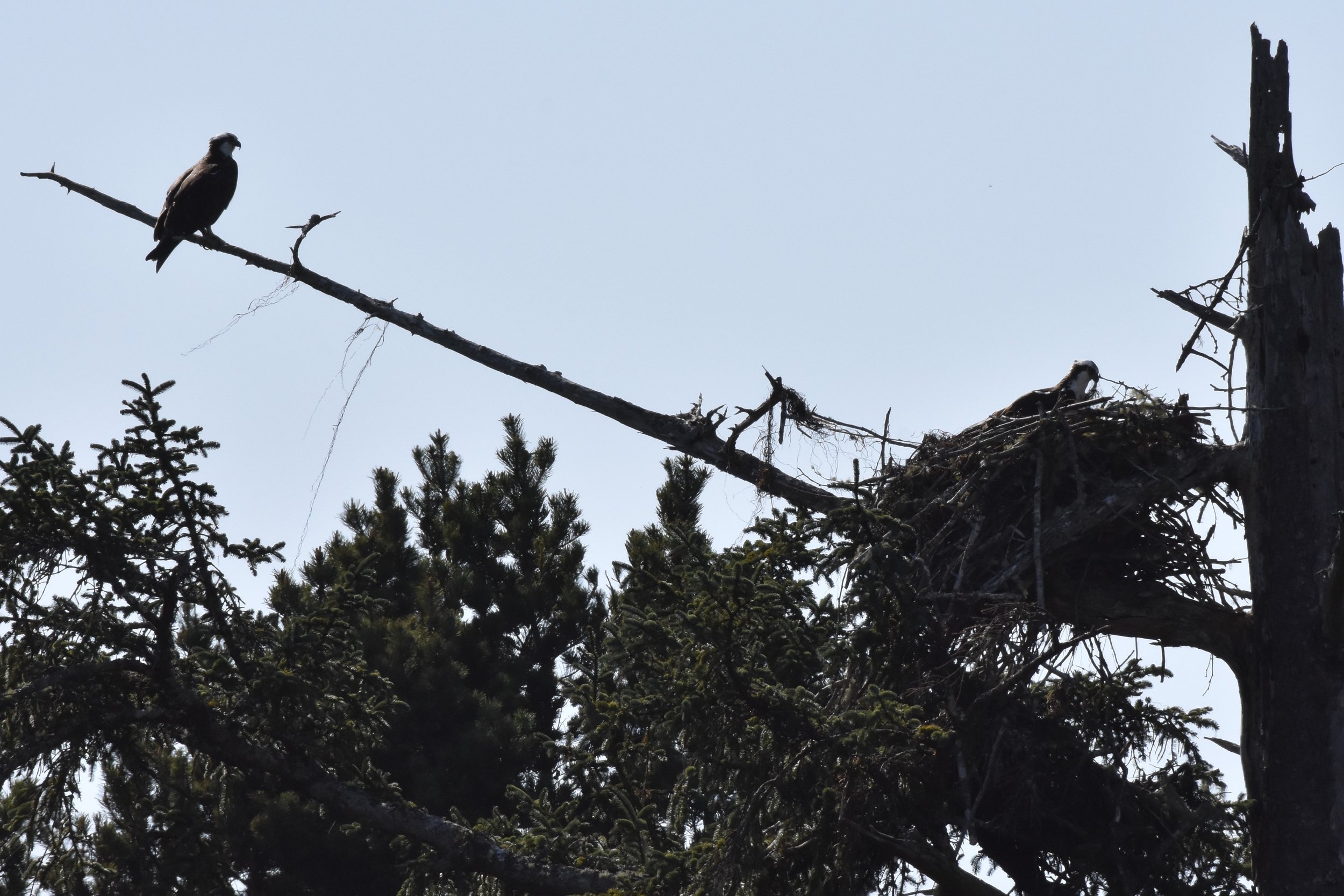
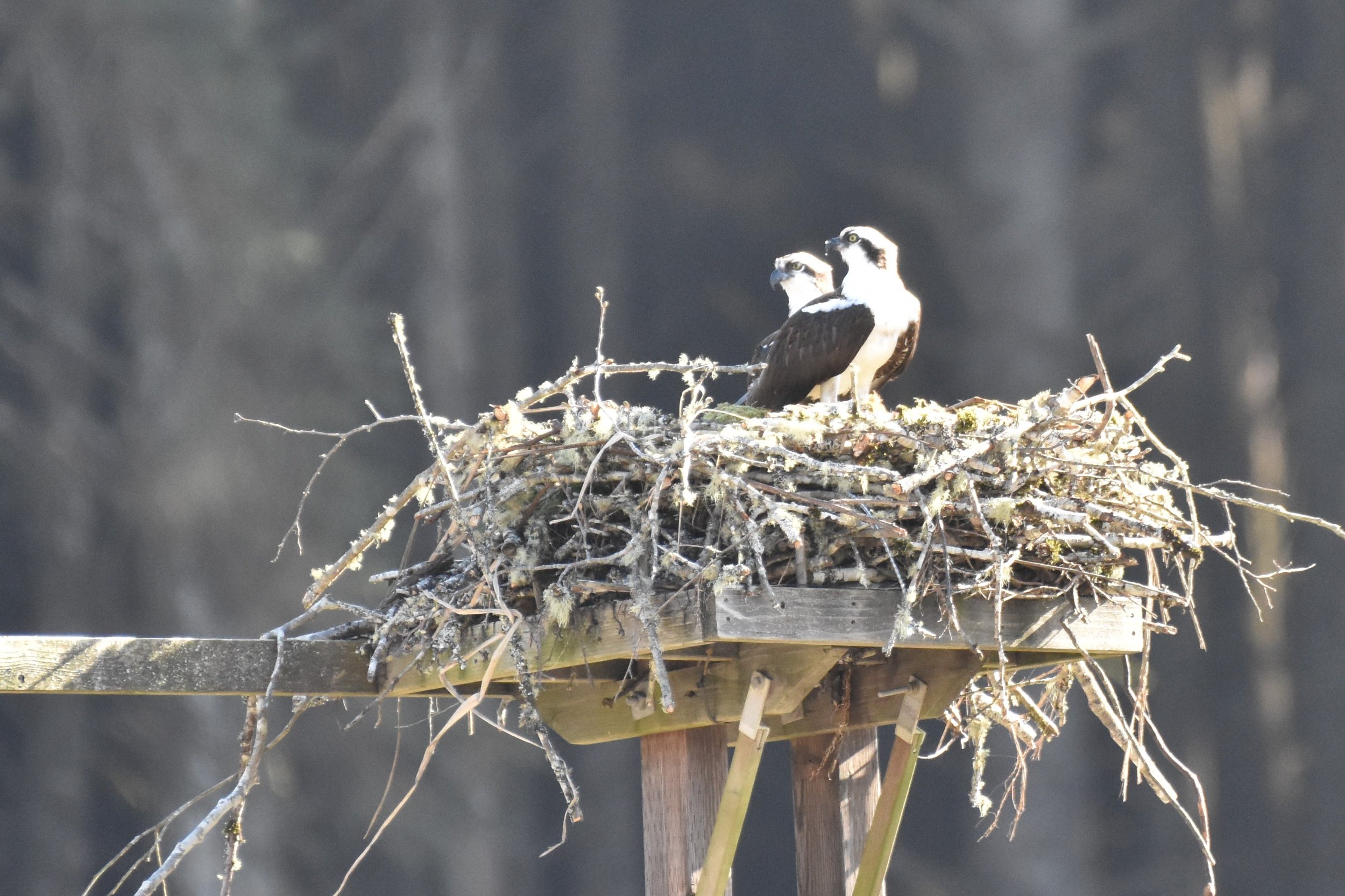
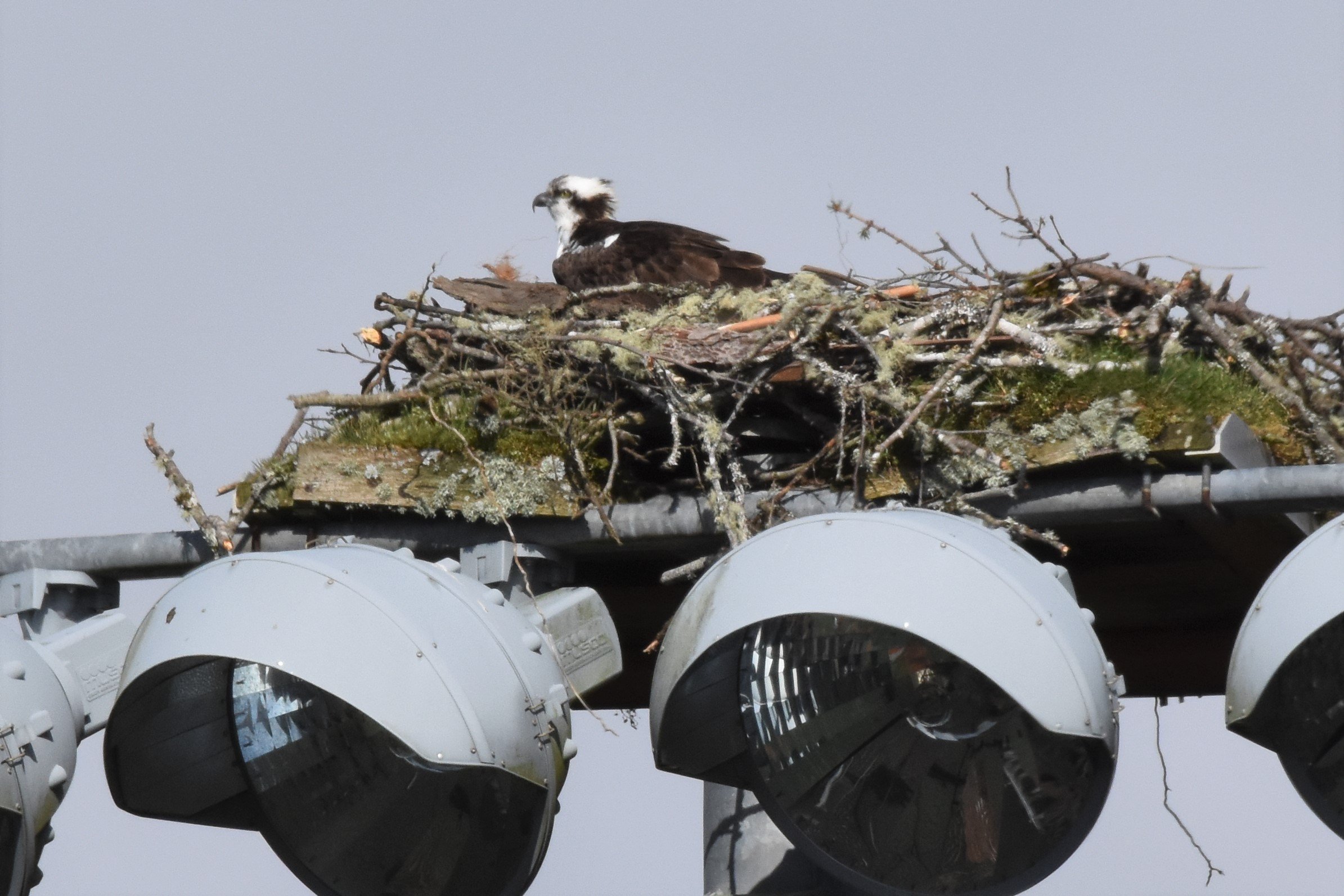
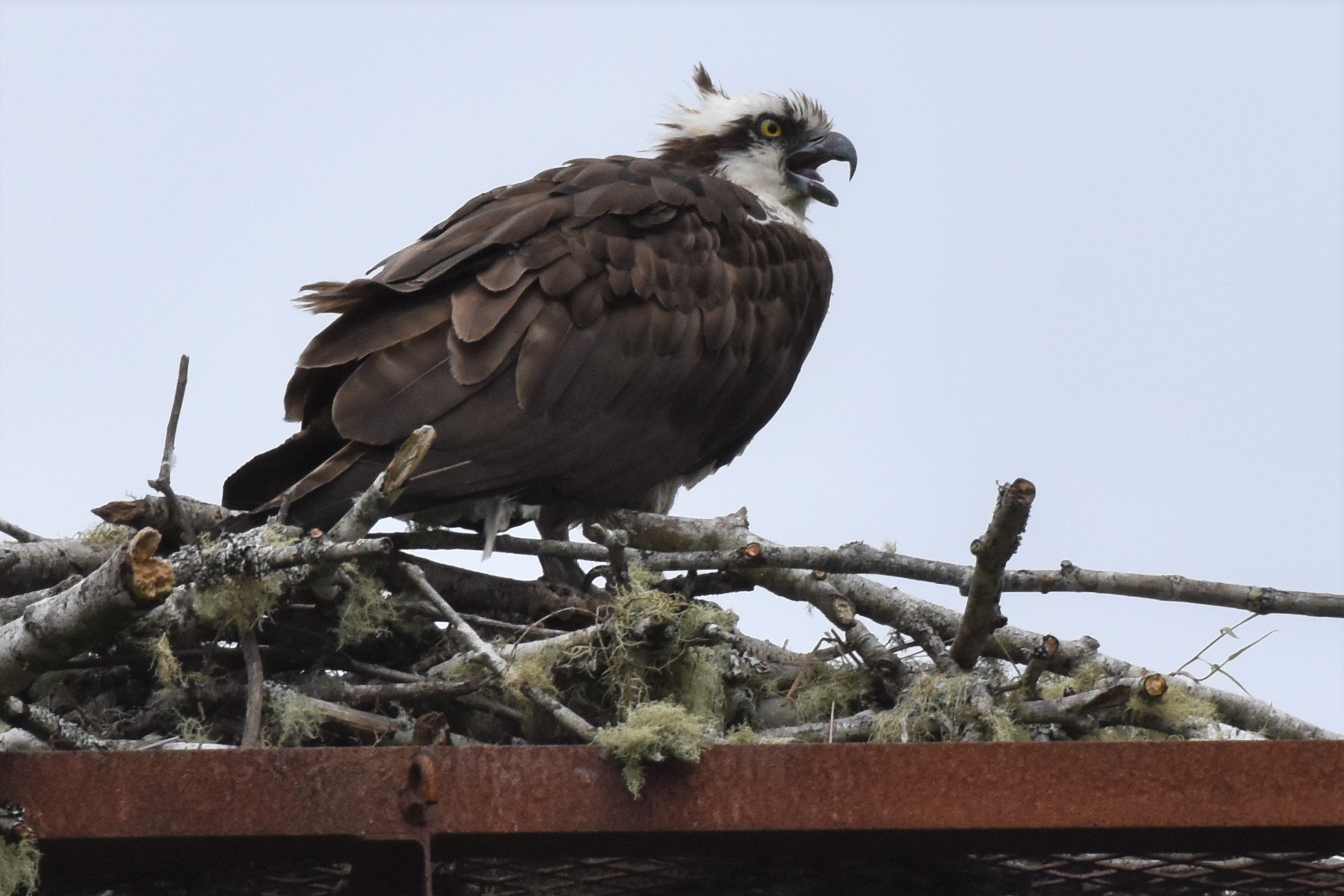
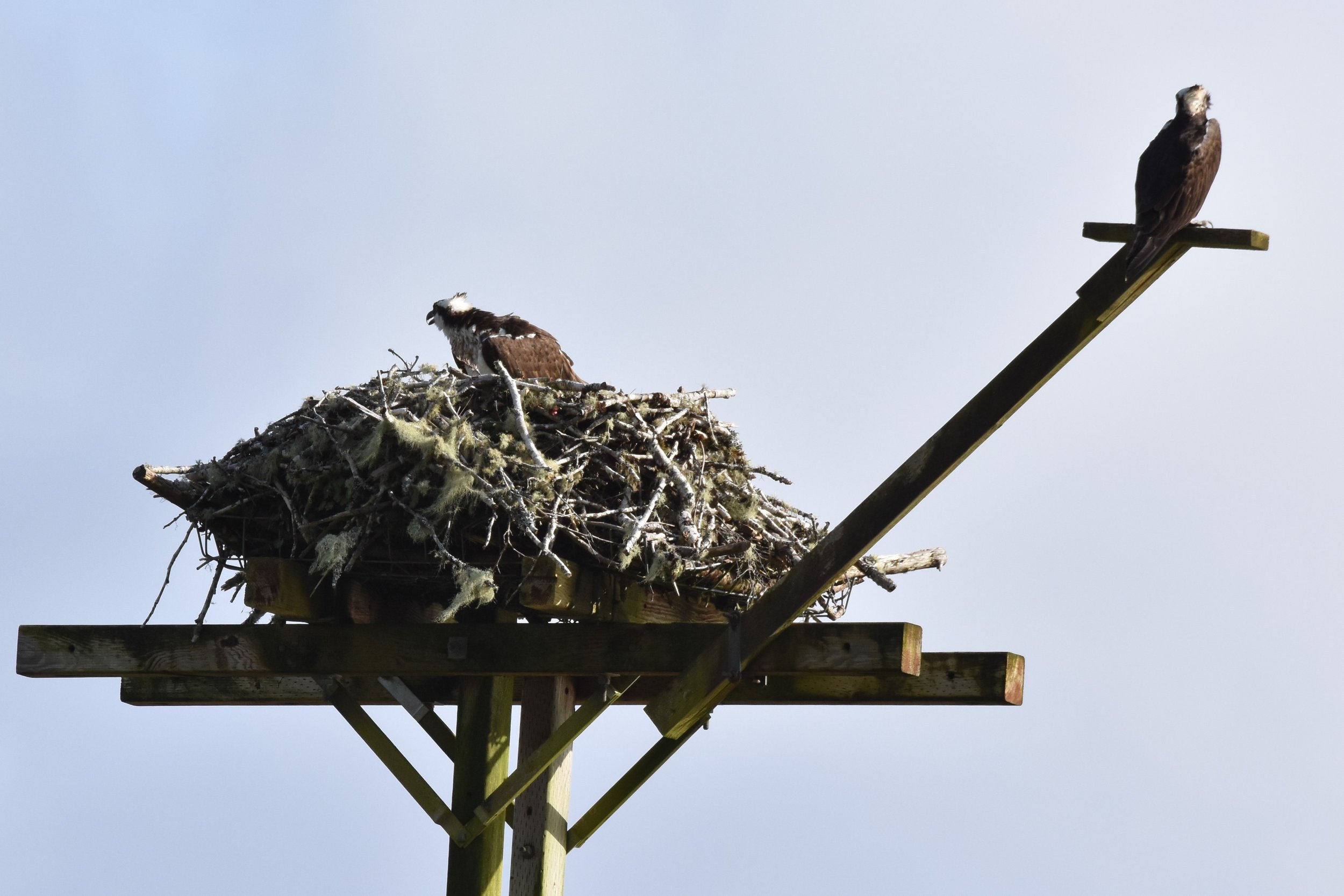
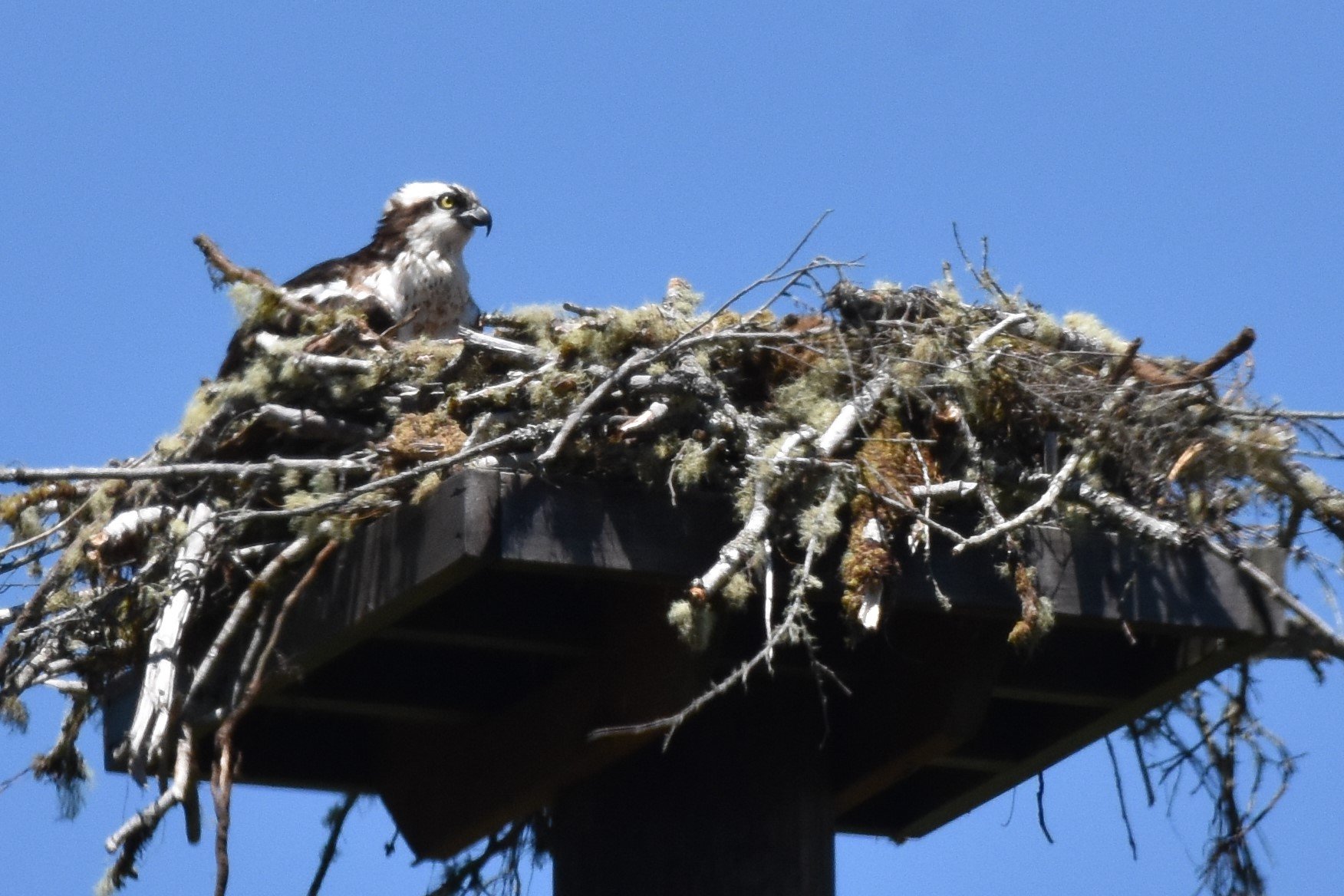
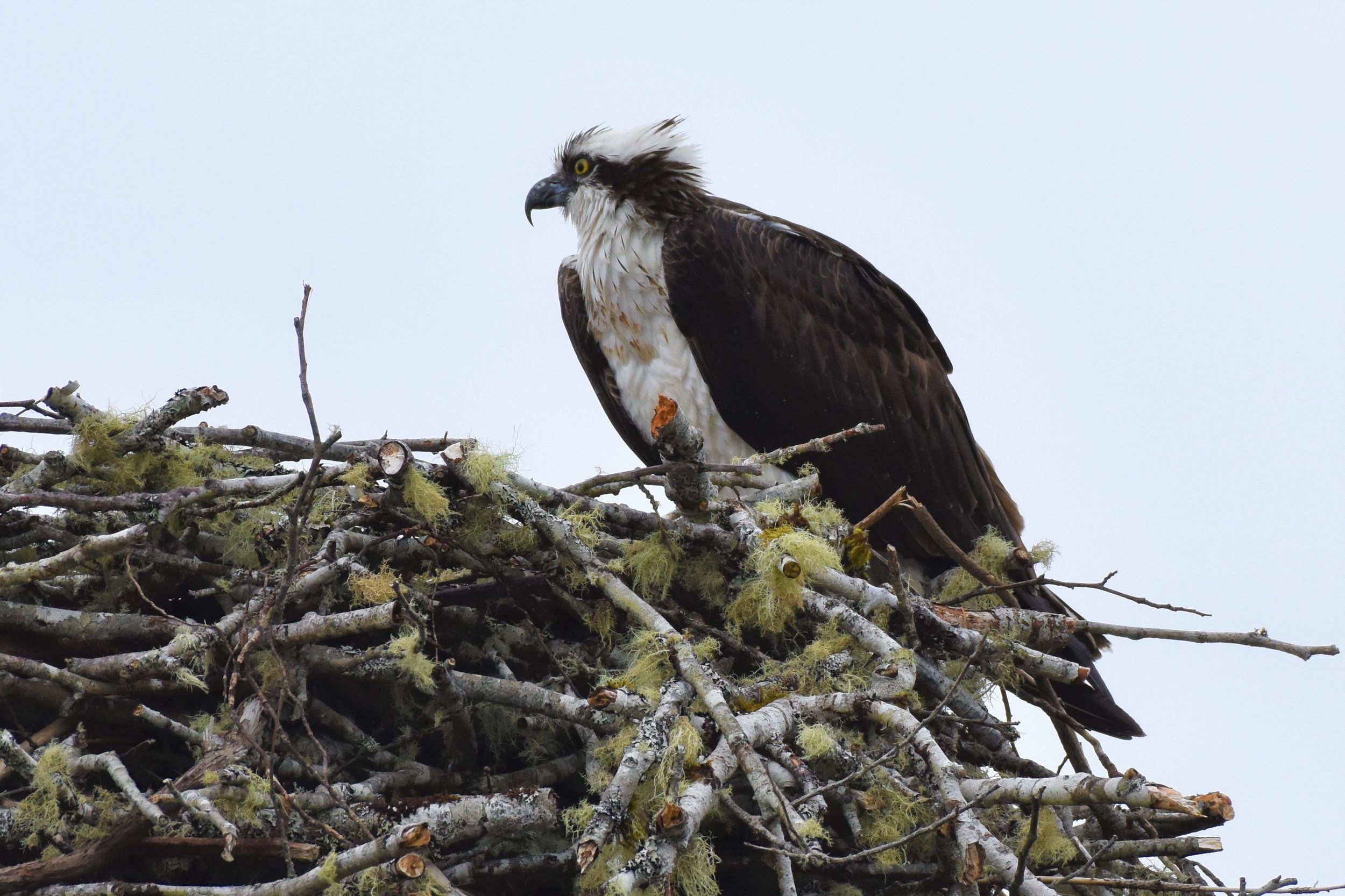
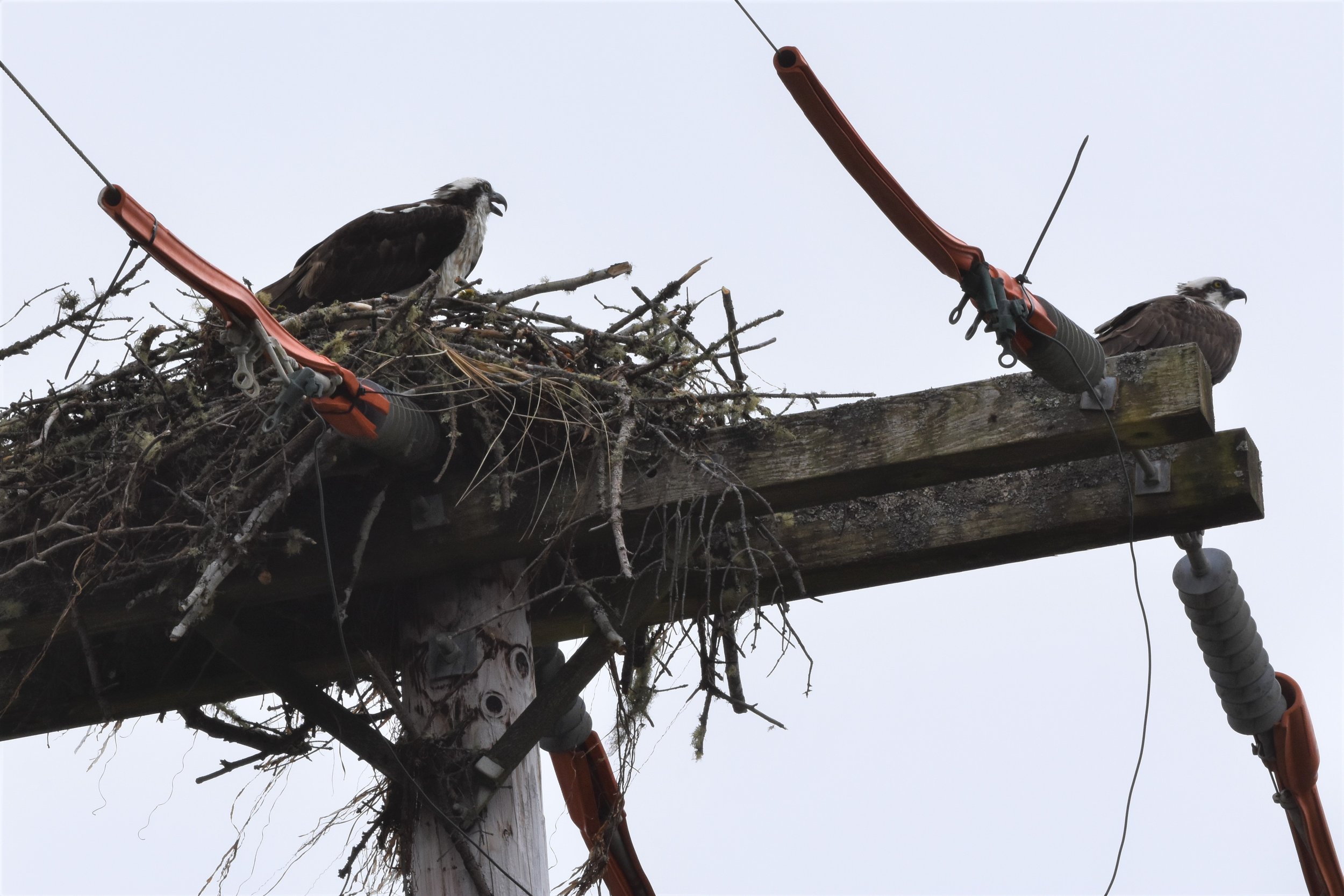
See our “Home of the Osprey” story map for more information about nesting behaviors and directions to each of the 13 nest sites!
Explore our interactive map of nest viewing locations:
Header photo by Ruth Shelly
